Traffic Lights
The City is responsible for the installation, operation and maintenance of traffic control signals. Traffic control signals are electronic devices that are designed to assign the right of way to the various traffic and pedestrian movements at an intersection. The objectives are to: advise road users of traffic regulations to encourage compliance with the law, warn of intersecting roadways or road hazards, and provide the information necessary for users to safely navigate through intersections.
- Description
- Reviews (0)
Description
Traffic Light in Bangladesh
The City is responsible for the installation, operation and maintenance of traffic control signals. Traffic control signals are electronic devices that are designed to assign the right of way to the various traffic and pedestrian movements at an intersection. The objectives are to: advise road users of traffic regulations to encourage compliance with the law, warn of intersecting roadways or road hazards, and provide the information necessary for users to safely navigate through intersections.

Traffic Lights and Collisions
Rear-end collisions may increase when a signal is installed. Normally, City staff are willing to trade off an increase in rear-end collisions for a decrease in the more severe angle-type accidents. However, when there is no angle-type accident problem at an intersection, a traffic signal may actually raise the number of accidents at an intersection.
Unwarranted Traffic Lights
Traffic signals make traffic flow smoother and safer when they are installed in accordance with the justifications stipulated in Ontario Traffic Manual Book 12. When used at an intersection where installation is not justified, signals can cause frustration in drivers, who may then seek alternate routes. These routes usually are not built to handle increased traffic flow. In addition, drivers frustrated by unnecessarily long waits at signals may begin to disobey the law. Traffic control devices are most effective when perceived as reasonable by the motorists, bicyclists, and pedestrians that use them.
Justification for Installing Traffic Lights
City staff would consider traffic signals only after lesser forms of control, such as stop signs, yield signs or pedestrian crossovers have proven to be ineffective. City staff follow the Ontario Traffic Manual (OTM) Book 12 (2012) guidelines to determine whether a traffic signal is necessary.
There are several reasons why a traffic signal might be needed. One reason is if residents feel that a pedestrian crossover on a particular street is not safe. Sometimes, residents express a concern about crossing a street where no crossover exists. Occasionally, motorists will request a Traffic Light in Bangladesh when they are having difficulty entering traffic on a main street from a smaller street.
When programmed for optimum timing efficiency, signals can increase the traffic handling capacity of an intersection, and can reduce the occurrence of angle, or ‘broadside’ collisions. However, they are not the solution to all traffic woes since rear-end accidents can increase when a traffic signal is installed.
Cost of a Traffic Light in Bangladesh Installation
The cost is dependent on the following:
- Mode of control – Semi-actuated signals require detection devices at the intersection. Midblock pedestrian signals need less equipment
- Phasing – Left turn arrows require additional signal equipment and detection devices
- Traffic system – SCOOT (traffic adaptive) requires additional equipment in the cabinet and detection upstream of the intersection. TransSuite (traffic responsive) requires system detection
- Utilities – Avoiding/relocating existing utilities such as gas, cable, hydro, water, sewage and telephone
- Intersection geometry – Offset and skewed intersections require more signal equipment
- Intersection spacing – Closely spaced intersections require adjacent signals to be hardwire interconnected.
- Communication – Telephone lines are required for remote monitoring of signal operations
- Special features – Transit priority, rail pre-emption, firehall pre-emption and accessible pedestrian signals require specialized equipment
For more information visit here
For more updates about us click here

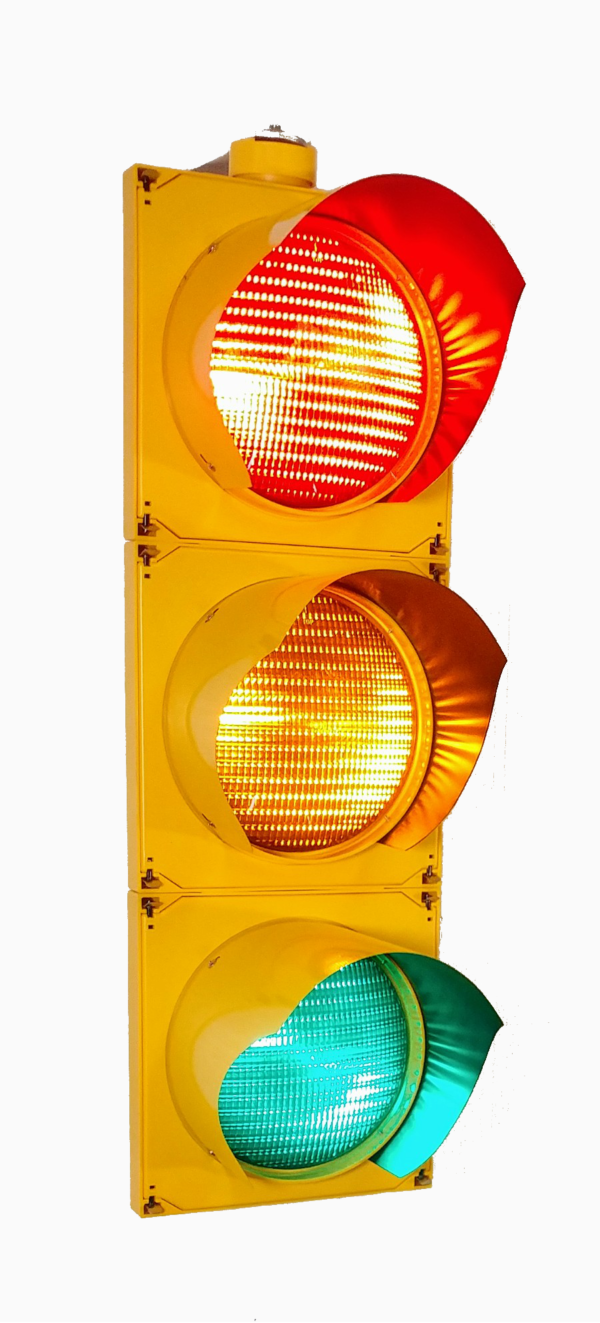
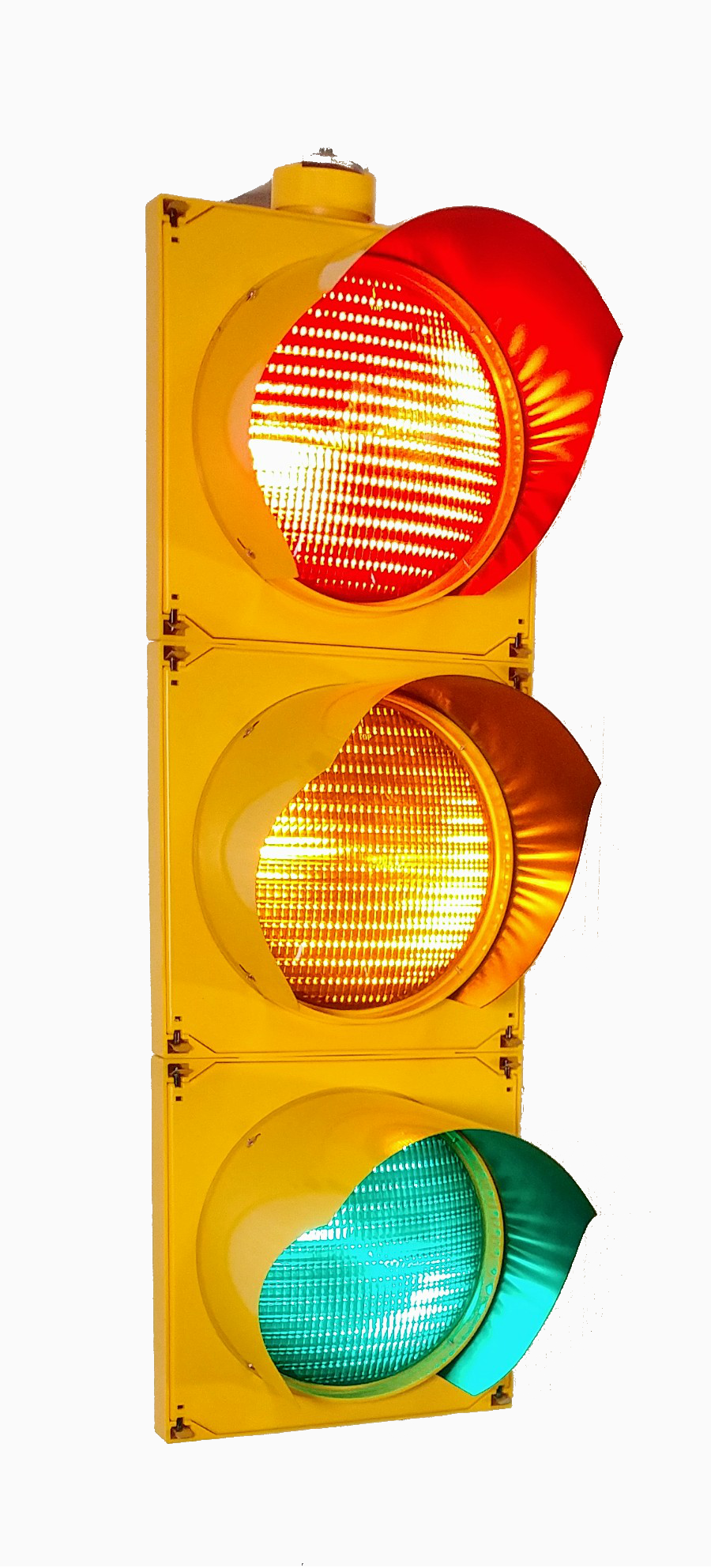
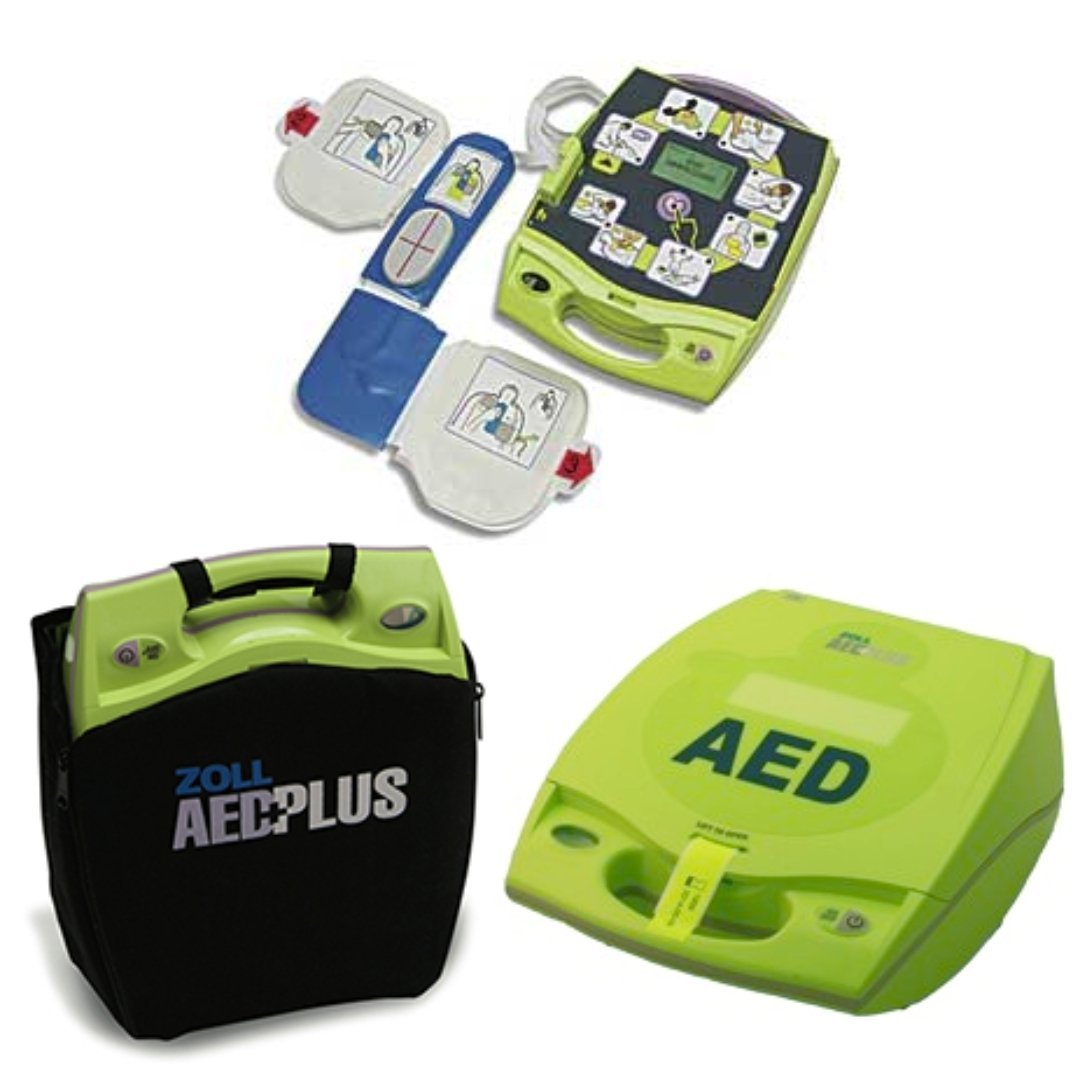
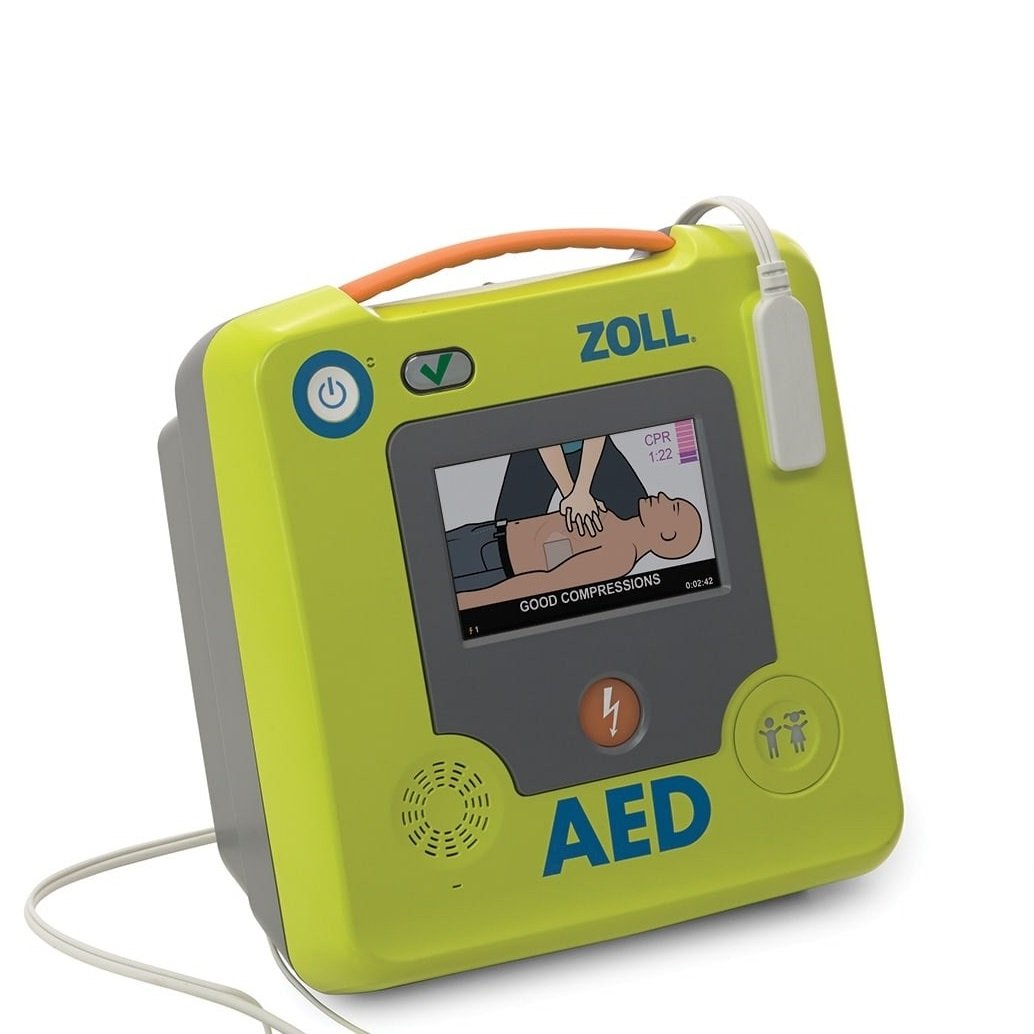
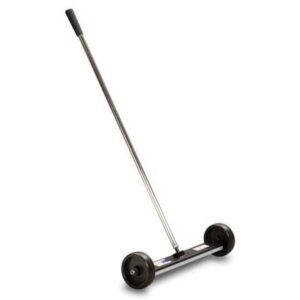


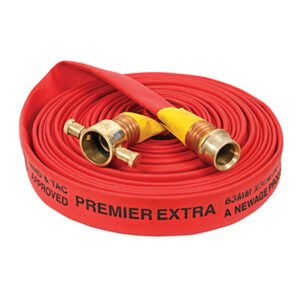

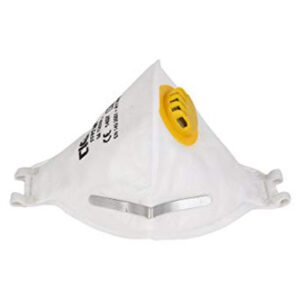
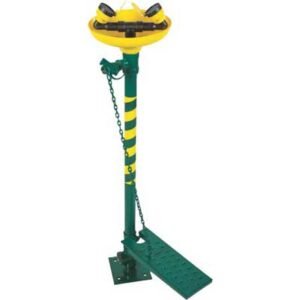
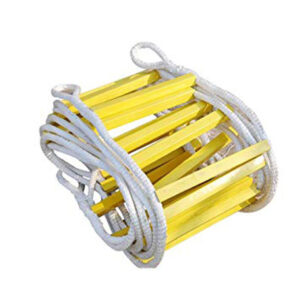
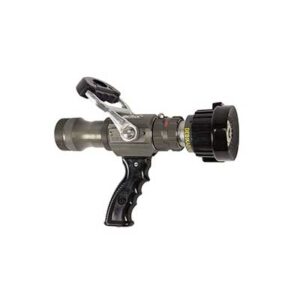
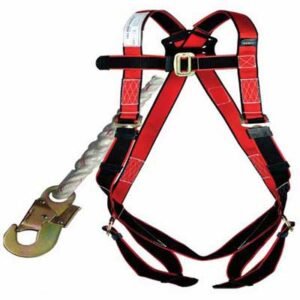
Reviews
There are no reviews yet.